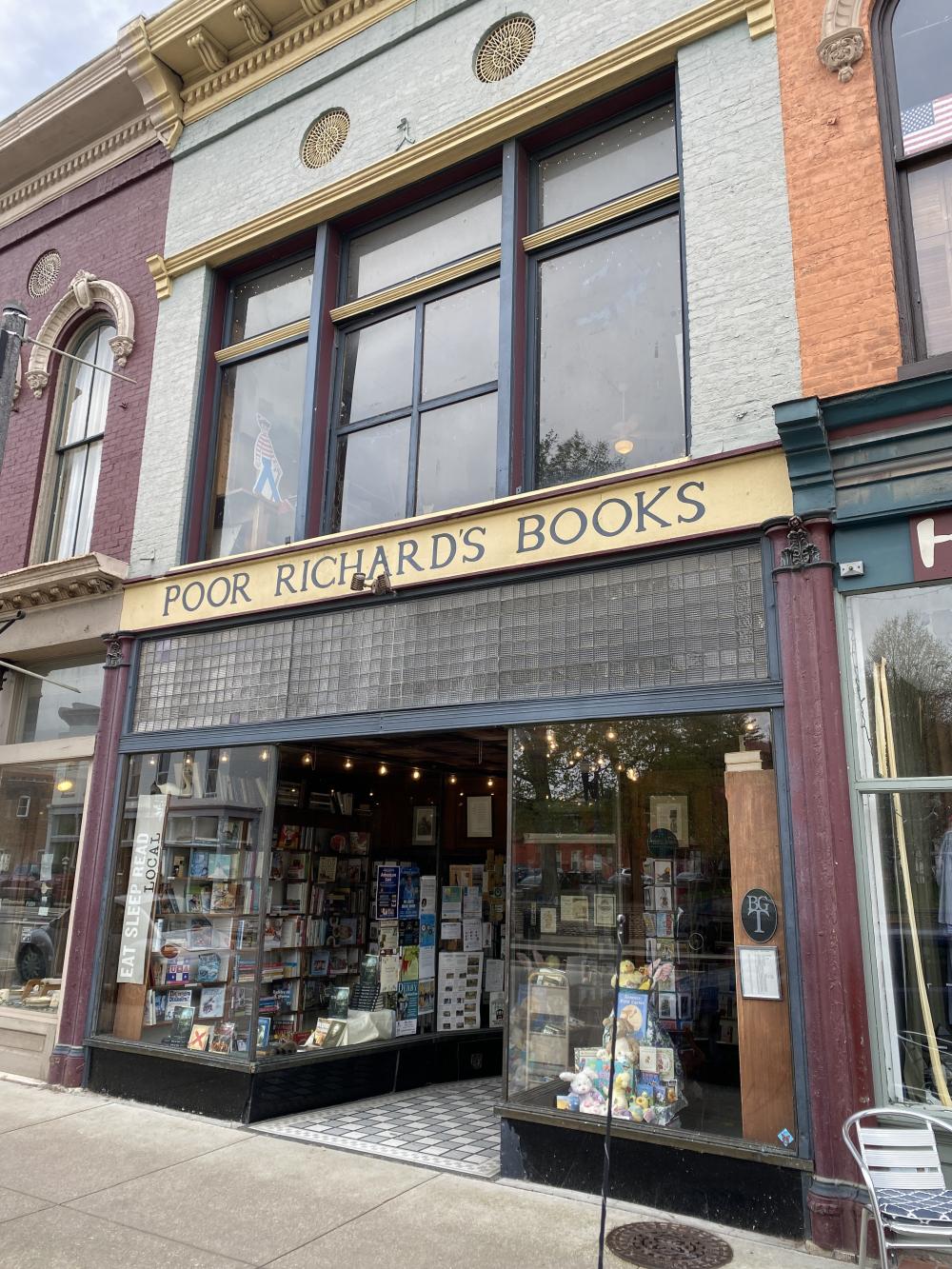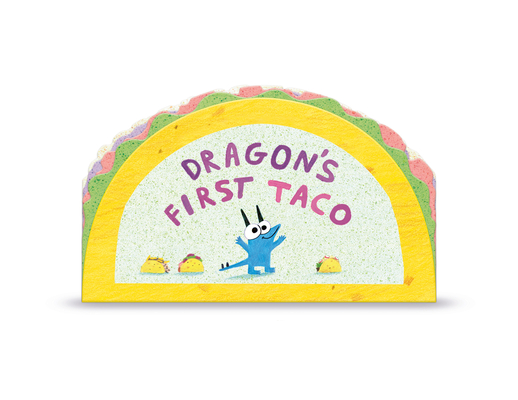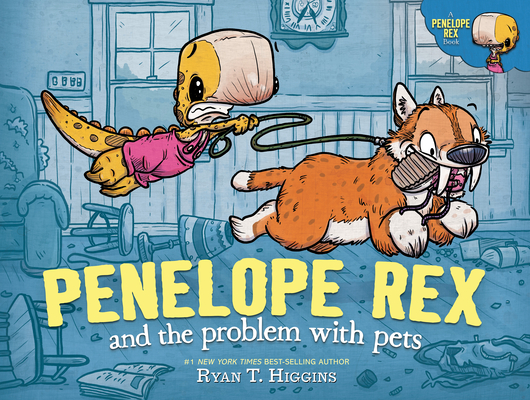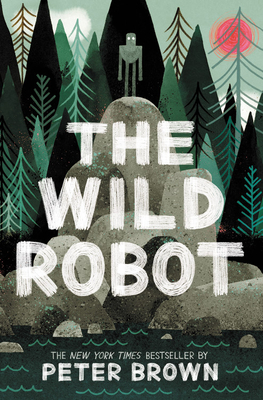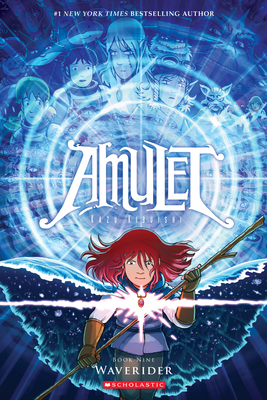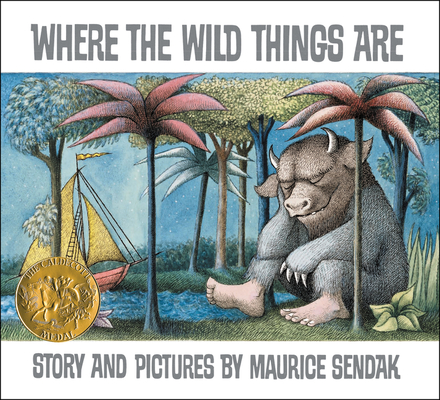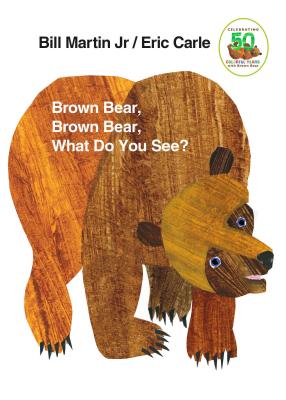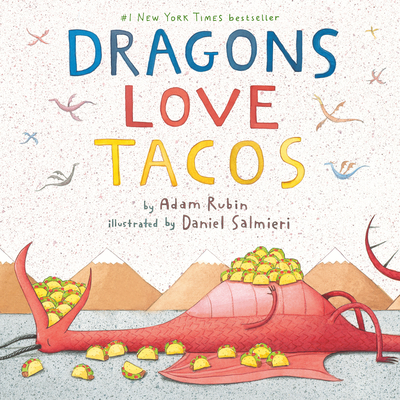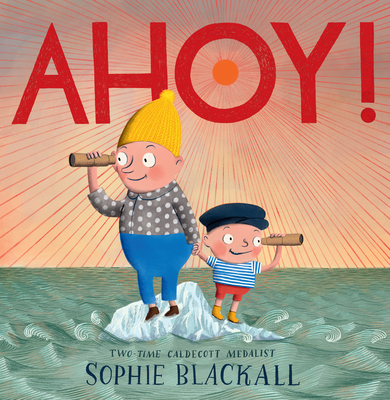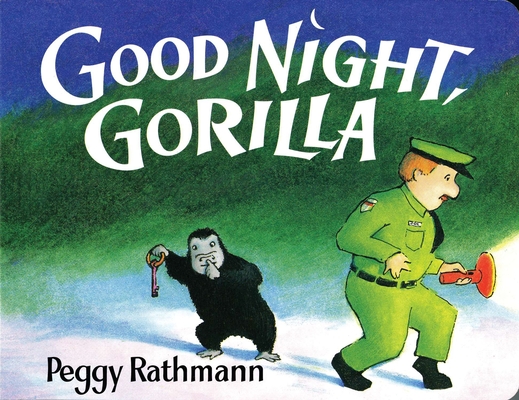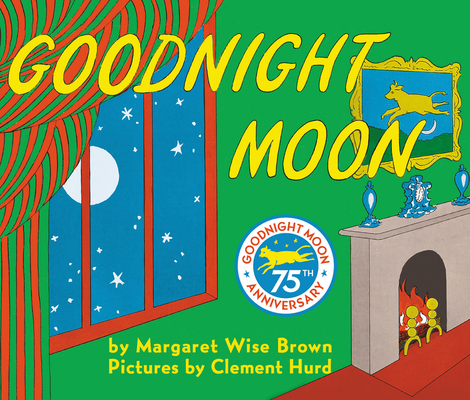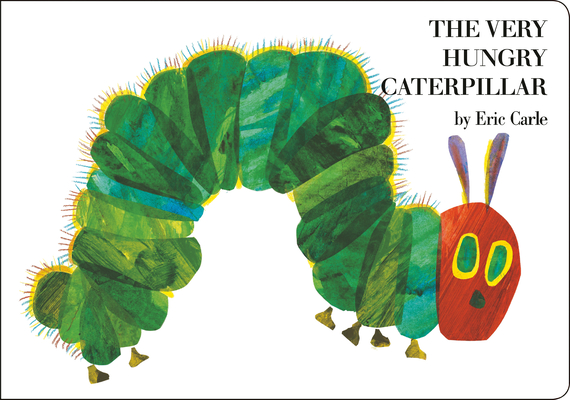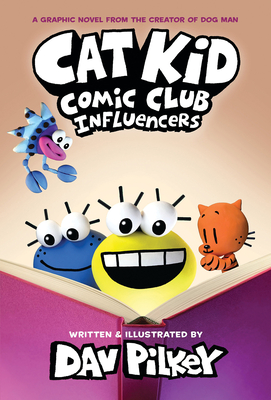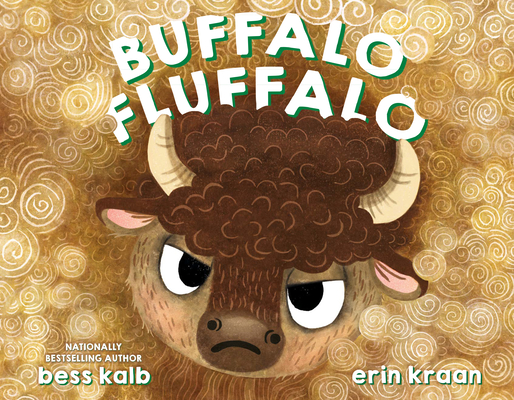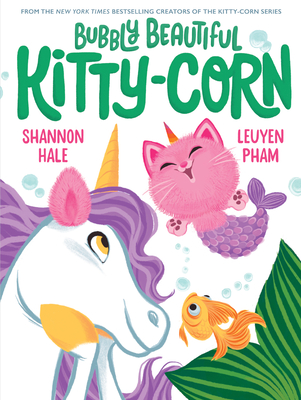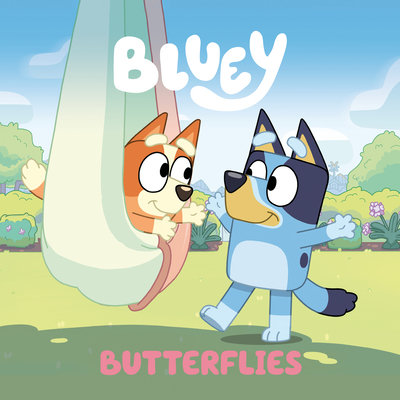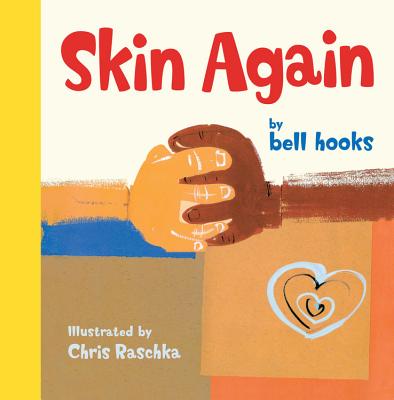
Skin Again
Description
From legendary author and critic bell hooks and multi-Caldecott Medalist Chris Raschka comes a new way to talk about race and identity that will appeal to parents of the youngest readers.
The skin I'm in is just a covering. It cannot tell my story. If you want to know who I am, you have got to come inside and open your heart way wide.
Race matters, but only so much--what's most important is who we are on the inside. Looking beyond skin, going straight to the heart, we find in each other the treasures stored down deep. Learning to cherish those treasures, to be all we imagine ourselves to be, makes us free.
This award-winning book, celebrates all that makes us unique and different and offers a strong, timely and timeless message of loving yourself and others.
Praise for Skin Again
"Raschka does his usual extraordinary job of illustrating highly abstract concepts: children of different colors -- rendered in smudgy paints -- look at, point at, and reach out to each other, finally clasping hands in a sort of a graphic minuet."—Kirkus Reviews
"In Raschka's exuberant paintings, an unpeeled-onion motif implies the multiplicity of stories beneath a person's visible surface, and dancing children, with varied hues of skin and reckless swirls of hair, suggest common interest and love. With torn paper rectangles, Raschka establishes quilty grids on the pages, and limits his characters in wide brushstrokes within these boxy spaces. Jazzy dashes and daubs of earth-tone paint suggest African batik or Aboriginal art."—Publishers Weekly
